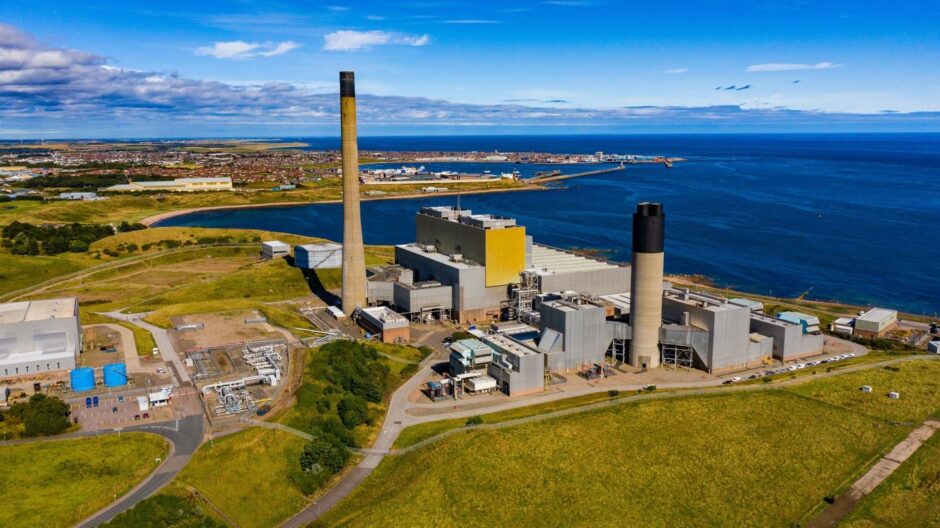
A defining moment doesn’t happen often. But Spring Budget 2023 will likely be viewed from mid-century as the time when the UK fully committed to Carbon Capture and Storage.
In the late evening of Friday 10 March, the Treasury announced some first large steps in its Clean Energy reset.
That includes £20 billion for CCS, over a 20 year timespan to the 2040s, starting construction in 2024. That aims to place the UK as a foremost international developer and supplier of CCS.
The lucky winners are not named – but we can speculate on continuation of the HyNet (Mersey) and East Coast (Tees-Humber) projects already underway, and adding three to five in addition from the pool of Acorn (Scotland), Viking (South Humber) and competition from the 11 or more storage licensees under consideration from bidding in 2022.
Such certainty from UK Government can only be welcomed and applauded, and will produce a pipeline of projects sufficient to hold the attention (and investment) from the offshore design and engineering supply chain, as well as fossil fuel company project leaders.
This also acts as a competitive riposte to the emerging Norwegian international offer of CO2 storage, the March 8 startup of Danish cross-border injection at the Greensand project, and the hundreds of billions of investment promised by the US’ Inflation Reduction Act and Infrastructure and Jobs Act.
The UK is now poised to develop multiple types of capture, with CO2 supplied from blue hydrogen and gas power, to fertiliser production and biomass combustion – and storage in several of the diverse geologies of the North Sea and Irish Sea. Opening up for future expertise and global provision designed and operated to high quality UK regulations – all very good indeed.
But there are still warnings to be considered. How do the Danes and Norwegians progress their projects from start to first injection in two-to-four years, when the UK takes nine years?
Meanwhile projects in the US onshore sector may be able to develop even faster – in a global market that’s a tangible gap.
How can the giant oil and electricity company profits of 2022 and 2023 be better invested in the UK future rather than global shareholders? The Climate Compatibility Checkpoint legislation remains unused, but could mean new gas and oil fields and pipelines are built CCS-ready, which would speed UK re-purposing in 10-15 years’ time – as noted by the Skidmore CCS report.
And how can a market supply of CO2 to storage be guaranteed into the future, whilst also decreasing state subsidy to make CCS become business as usual?
An answer surely lies in the Carbon TakeBack Obligation, where any fossil fuel producer or importer is tasked to store an ever increasing percentage of the CO2 arising from the use of their product. This too was recommended in the 2023 UK Net Zero Review. Payment by producer means no CfD subsidy is needed from Government, and direct air CO2 re-Capture (DACCs) for Net Zero can be seamlessly included in the same system.
Recommended for you

 © SCCS
© SCCS